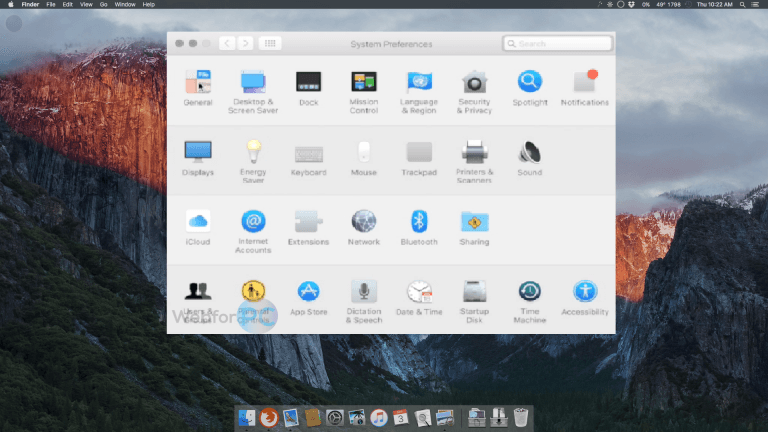
If the host at hop #N does not reply, the hop is skipped in the output. The Internet Protocol does not require packets to take the same route towards a particular destination, thus hosts listed might be hosts that other packets have traversed. If a packet is not acknowledged within the expected interval, an asterisk is displayed. The sender expects a reply within a specified number of seconds. Hop 192.168.1.2 Depth 1 Probe status: unsuccessful Parent: () Return code: Label-switched at stack-depth 1 Sender timestamp: 09:35:27 EDT 400.88 msec Receiver timestamp: 09:35:27 EDT 427.87 msec Response time: 26.92 msec MTU: Unknown Multipath type: IP Address Range 1: 127.0.0.64 ~ 127.0.0.127 Label Stack: Label 1 Value 299792 Protocol RSVP-TE The timestamp values returned for each router along the path are the delay (latency) values, typically measured in milliseconds for each packet.

Proceeding in this way, traceroute uses the returned ICMP Time Exceeded messages to build a list of routers that packets traverse, until the destination is reached and returns an ICMP Echo Reply message. The next set of packets are given a TTL value of two, so the first router forwards the packets, but the second router drops them and replies with ICMP Time Exceeded.

The router sends an ICMP Time Exceeded message back to the source. The first router receives the packet, decrements the TTL value and drops the packet because it then has TTL value zero. Traceroute works by sending packets with gradually increasing TTL value, starting with TTL value of one. Common default values for TTL are 128 (Windows OS) and 64 (Unix-based OS).

Routers decrement TTL values of packets by one when routing and discard packets whose TTL value has reached zero, returning the ICMP error message ICMP Time Exceeded. The time-to-live (TTL) value, also known as hop limit, is used in determining the intermediate routers being traversed towards the destination. Traceroute, by default, sends a sequence of User Datagram Protocol (UDP) packets addressed to a destination host ICMP Echo Request or TCP SYN packets can also be used. For Internet Protocol Version 6 (IPv6) the tool sometimes has the name traceroute6 or tracert6.
MAC OS X TERMINAL COMMANDS TRACEROUTE WINDOWS
Windows NT-based operating systems also provide PathPing, with similar functionality.

On Microsoft Windows, it is named tracert. On other Unix systems, such as FreeBSD or Linux, it is available as a traceroute(8) command in a terminal.
MAC OS X TERMINAL COMMANDS TRACEROUTE MAC
On Apple Mac OS, it is available by opening "Network Utilities" and selecting "Traceroute" tab, as well as by typing the "traceroute" command in the terminal. The traceroute command is available on a number of modern operating systems. Ping, on the other hand, only computes the final round-trip times from the destination point. Traceroute proceeds unless all (three) sent packets are lost more than twice, then the connection is lost and the route cannot be evaluated. The history of the route is recorded as the round-trip times of the packets received from each successive host (remote node) in the route (path) the sum of the mean times in each hop indicates the total time spent to establish the connection. In computing, traceroute is a computer network diagnostic tool for displaying the route (path) and measuring transit delays of packets across an Internet Protocol (IP) network.


 0 kommentar(er)
0 kommentar(er)
